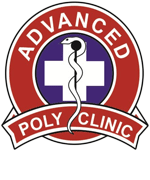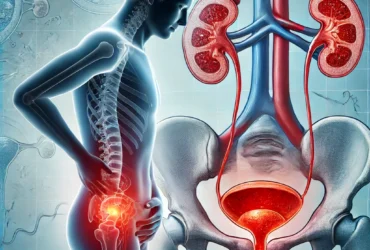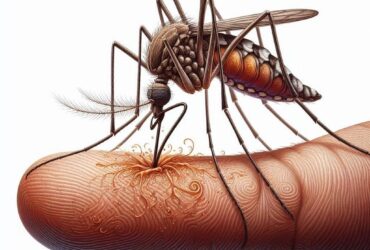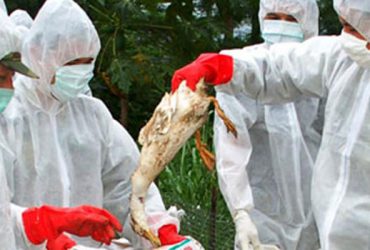Introduction
Typhoid fever is a significant public health concern in Nepal, particularly during the monsoon season when waterborne diseases become more prevalent. Contaminated food and water are the primary sources of infection, making proper hygiene and sanitation crucial for prevention.
What is Typhoid Fever?
Typhoid fever is a bacterial infection caused by Salmonella typhi. It spreads through the ingestion of contaminated food or water, often due to poor sanitation and hygiene. Without timely treatment, typhoid can lead to severe complications and even death.
Causes and Transmission
- Contaminated Water and Food: Drinking or eating items contaminated with Salmonella typhi.
- Poor Sanitation: Lack of proper sewage disposal can lead to the spread of bacteria.
- Person-to-Person Transmission: Close contact with an infected person can also spread the disease.
- Asymptomatic Carriers: Some individuals recover from typhoid but continue to carry and spread the bacteria.
Symptoms of Typhoid Fever
Symptoms typically appear 1 to 3 weeks after exposure and include:
- Persistent high fever (up to 104°F)
- Weakness and fatigue
- Loss of appetite
- Abdominal pain
- Constipation or diarrhea
- Headache
- Skin rash with rose-colored spots (in some cases)
Diagnosis
- Blood Tests (culture): Detects Salmonella typhi bacteria.
- Widal Test: Used in some cases but has limitations in accuracy.
Treatment
Typhoid fever is treatable with antibiotics, but resistance to some antibiotics is rising in Nepal. Common treatments include:
- Antibiotics: Ciprofloxacin, azithromycin, or ceftriaxone, depending on resistance patterns.
- Hydration: Oral rehydration salts (ORS) and intravenous fluids for severe cases.
- Rest and Proper Nutrition: Helps recovery and prevents complications.
Prevention of Typhoid Fever
- Safe Drinking Water: Boil or purify water before consumption.
- Good Sanitation Practices: Proper handwashing with soap and clean water.
- Vaccination: Typhoid vaccines are available and recommended for travelers and high-risk populations.
- Avoid Street Food: Unhygienic food can be a major source of infection.
Typhoid Vaccination in Nepal
Two types of vaccines are available:
- Oral Vaccine (Live-Attenuated) – Taken in multiple doses and provides long-term immunity.
- Injectable Vaccine (Inactivated) – A single-dose vaccine providing protection for a few years.
Typhoid in Nepal: Challenges and Concerns
- Rising Antibiotic Resistance: Misuse of antibiotics has led to drug-resistant strains of Salmonella typhi.
- Limited Access to Clean Water: Many rural areas still lack proper sanitation facilities.
- Poor Hygiene Awareness: Many cases result from a lack of knowledge about food and water hygiene.
Conclusion
Typhoid fever remains a major health concern in Nepal, but it is preventable through proper hygiene, clean drinking water, and vaccination. Awareness and improved sanitation are key to reducing the spread of the disease. If you experience prolonged fever and digestive issues, consult a doctor immediately for early diagnosis and treatment.
📞 01-4531078 or 01-4543386






